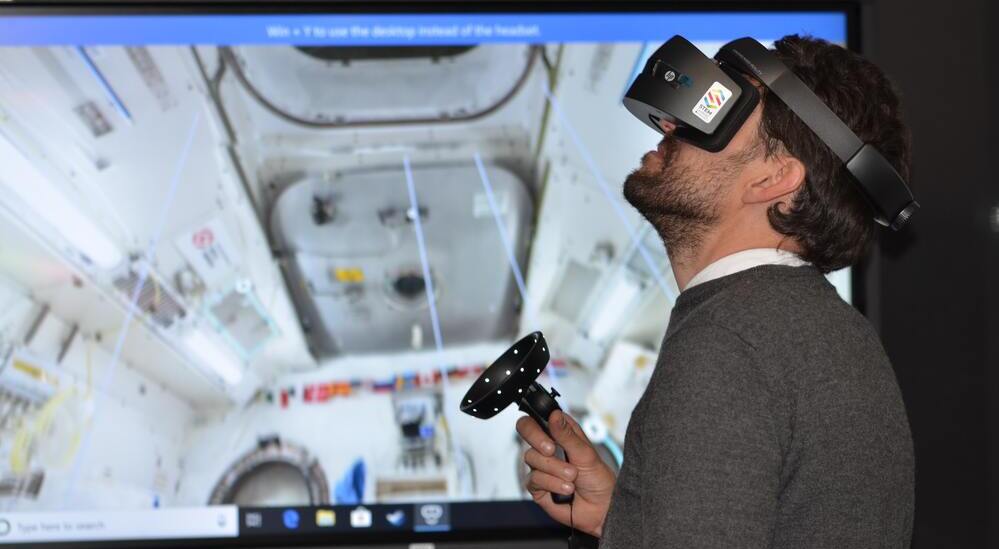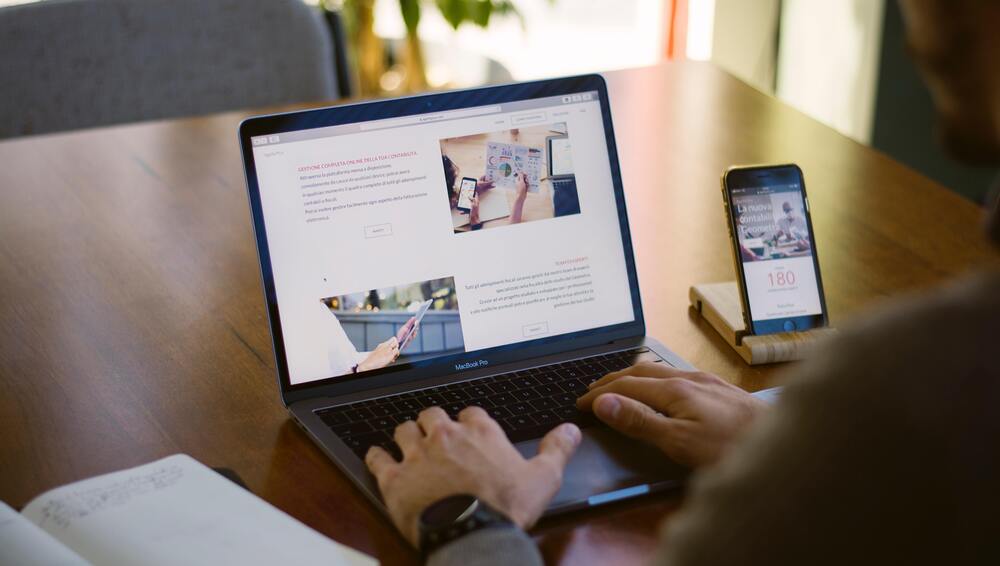Managing to make a work meeting effective is not always an easy task. We are sure that more than once you have found yourself in a work meeting which seemed endless and which was not in the least directed at obtaining productive results for the company. We set a time but we arrive late; we digress from the points under discussion, personal conversations and questions appear…
An effective meeting is one which manages to achieve the objective it was convened for and does so efficiently. The diversity of points of view or the complexity of the topic being dealt with can make the objective more complicated. However, there are certain practices and tips for effective meetings which may help us to “steady our aim“ and feel that the time during which we have been speaking has allowed us to continue making progress. Let us look at them.
Rules for efficient and effective meetings
How can we make our meetings effective? If the intention is to make our assembly into a productive meeting, it is essential to draw up a well defined plan with certain rules for efficient and effective work meetings which work. Good management and the appropriate attitude of those present is required for success and to deliver a productive meeting.Let us take a look at some indispensable points on how to run work meetings.
- Invite only the people who are strictly necessary: We should only invite the people who are really necessary.
- Schedule the meeting in advance so that everyone can prepare it: It is fundamental that we let all the participants know when the meeting will be in order to prepare for it.
- Be punctual: Starting on time is crucial to be able to finish at the designated time having touched on all the points in the agenda.
- Stipulate the maximum length of time: If we want to improve our work meetings then we must not leave to chance the amount of time we willl use for the meeting.
- Aim for short meetings: If a meeting is prolonged, the only thing we manage to do is to bore the participants and waste very valuable time when we could be acting productively.
- No spaces or elements which can distract: It is a basic requirement that all the attention of the workers is focused on the meeting. We must remove any element that may act as a distraction.
- Support with documents, without excesses: It is necessary to present documents which are related with the topic of the meeting but within limits.
- Avoid off topic discussions: It is important for everyone to be committed to focussing the meeting on the topic for which it was convened. This is sometimes difficult due to personal relations in the workplace but these questions should be left for a time before or after the meeting.
- Encourage the participation of all the attendees: Meetings sometimes get sidetracked with questions that do not necessarily concern or interest all the professional profiles who were convened for the meeting. Consequently, it is a good idea to plan a structure of content and management which foments the participation of all the guests. In this way, there will be more and better ideas, as well as making all the guests feel involved in the task.
- Take notes of everything discussed and follow up with a summary. This helps to internalise the matters dealt with for the participants, in addition to clearly establishing what was discussed in order to avoid misunderstandings later.
How to lead effective work meetings
In some of the previous points, we have seen that the key lies in good management of the meeting. Generally speaking, it is true that the willingness of the participants for a useful and productive meeting for all is evident, but occasionally in groups where a hierarchy is absent, that objective fades away without our realising it. It is therefore essential to have good management of the meeting.
Leading effective work meetings start by having a plan, set objectives, know the profiles of the attendees well… aspects to take into account in what we call the 5 Ps of efficient meetings which you can also read in this post.
Apart from what is stated in the guidelines of the 5 Ps, the leader of the meeting is responsible for seeing that the meeting stays on the required course and for making sure that all the items are dealt with and respected. Likewise, the fact that there is a chairperson or leader, avoids dialogues from becoming intertwined and prevents the meeting from being disorganised or unduly long.
Let us now take a look at some practices to be followed and others to be avoided by the chair in a work meeting:
Positive practices for leading a work meeting
- Begin with the principal reason for calling the meeting: It is vital that the participants are clear about the reason for the meeting from the very start. This avoids previous explanations.
- Leave time for questions at the end: It is always a good idea to conclude the meeting with some time for questions. If the question is relevant to the progress of the meeting, we can be flexible.
- Make a brief summary before finishing: Before finishing, the chair must summarise the objectives and the conclusions arrived at.
- Send the conclusions by email: A good way to remember everything that has been discussed is to send the conclusions by email to each participant.
Practices to be avoided when leading a work meeting.
- Not having prior planning: When we do not have a prior plan of the items to be dealt with, the meeting becomes a hotchpotch of topics. It is essential to establish a plan with the important points in order to reach the final objective.
- Provide too many conveniences which may prolong the meeting: When we hold a meeting in a pleasant relaxed atmosphere, we end up converting it into an unproductive space of entertainment. We can avoid spaces which are comfortable and convenient in excess and also permissiveness in the face of certain attitudes.
- Digress from the point to matters which are not on the agenda: We must write down the points to be dealt with and prevent the participants from digressing. If this happens, the topic must be readressed.
- Introduce personal themes which detract from the objective: Personal questions which distract from the topic must never be introduced. This is particularly relevant first thing on Monday mornings, when we workers find it most difficult to reconnect. If the meeting gets sidetracked, we must redirect it tactfully but quickly and effectively.
- Monopolize the time with long discourses: Lengthy interventions end up boring the participants and contribute to the objectives not being reached. We must be concise leading the meeting but also ask the participants to be succinct.
- Go over the stipulated time: Excessively long meetings usually prove to be tedious and boring. We must set a maximum time length.
Effective online meetings
In recent years, we have witnessed a gradual change in the way we understand work meetings. New technologies have allowed teleworking and the discussion of important topics without leaving our homes or offices. The result of this has been that although the essence remains the same and some guidelines for behaviour are unaltered, there are certain aspects of meetings which may differ in an online context. Let us look at a few tips for effective online meetings.
- Establish rules which govern online participation. Short delays in online communications may cause a certain amount of chaos in the conversation with speeches overlapping, misunderstadings… For this reason it is important for the chair to be strict and exercise scrupulous respect for the talking time of each participant.
- Use efficient and useful online collaboration tools. Nowadays, a multitude of tools which facilitate video conferences or virtual meetings exist. Each one has its singularities, services, strengths, weaknesses… we have to carry out a little research work to find the tool which best adapts to the needs of our team.
- Make sure that all the team has the necessary technology. Similarly, choosing the tool is not enough, we must also make sure that all the participants in the meeting can access it comfortably.
- Account for the time difference. When working with teams in different time zones, it is vital to agree meeting times which are convenient for the work routines of all the participants.
A perfect space for the most important meetings
If you have an important meeting and you want to hold it in a special setting which is professionalized and equipped with the latest technologies, we offer you the possibility to do so in one of our suites at the Grand Luxor Business & Events. With these few tips and an impressive space like this we are sure you will have a successful work meeting. Give it a try!
Main picture: Mario Gogh on Unsplash






